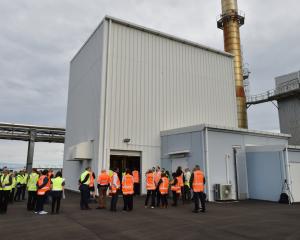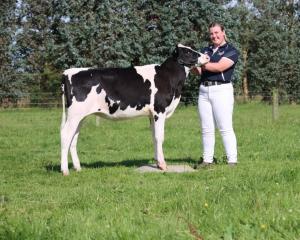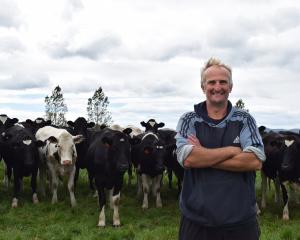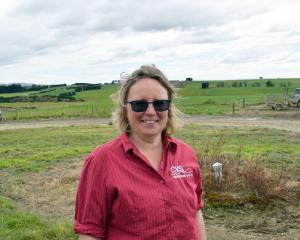
Fonterra has foreshadowed a $9.30 to $9.90 payout for each kilogram of milk solids with a $9.60 mid range. That could yet go higher for the next forecast in May before the final wrap-up — if dairy futures markets are any indication.
But the list is growing for increasing costs — interest rates, wages, fertiliser, agrichemicals, fuel, animal health, contracting and overall inflation.
The cost proportion is now believed to be north of $7.50 for each kilogram of milk solids produced.
Federated Farmers North Canterbury dairy chairman Karl Dean said this season’s record forecast wasn’t like payout increases of the past because costs were rising at the same time, rather than following a year later.
"It wouldn’t surprise me if it was $7.50 to $8/kg," he said. "The key is the profit margin and that is no more than and could be less than a year ago when the payout was $7.54/kg. We’ve had a $2 payout jump but I doubt we’ve had a $2 profit jump."
If the forecasted milk price was adjusted for inflation, the profit margin probably wouldn’t be as high as 2013’s $8.40/kg.
The Leeston farmer said farm costs had lifted more than $1/kg and that could be expected to increase further on the back of the Ukraine war.
He said many farmers didn’t have the ability to lower their costs as wages never went down and fuel prices don’t seem to drop as much as the oil price.
"All the costs have creeped up internationally and that’s not just New Zealand. Fertiliser’s had a huge jump and we haven’t heard the last of this as this jump is related to Covid-19. The jump coming is related to the war in Ukraine and that’s affecting production worldwide."
He said it was a "vicious circle" with lower production reinforcing commodity prices and overseas competitors would soon lobby for subsidies to be lifted.
The dairy cull is still increasing in the United States as more farmers swing to beef because of high feed costs and production is also down because of high inputs in Europe.
Mr Dean said the April 1 increase for the minimum wage had closed the gap between these workers and lower-rung managers who would also want a pay rise.
A poor harvest would send grain and seed prices "through the roof". Farmers were looking at more than $500/tonne for feed wheat, $525/tonne "and climbing" for barley.
He said contract milkers need to be having "tough conversations" with farm owners about their fixed milk prices as costs had increased so dramatically.
Nobody wanted to see the contractors squeezed out of the industry, he said.
With the exception of Golden Bay which had a good season, most dairy farmers are down in milk production by 5%-10%. That could be higher in Southland as it deals with drought.
"A lot of farmers struggled in spring and we didn’t get the spring growth. If the cows don’t peak you start lower and end lower."
He said it would be difficult to sell cull cows as throughput was down in meat works short-staffed by Covid-19.














